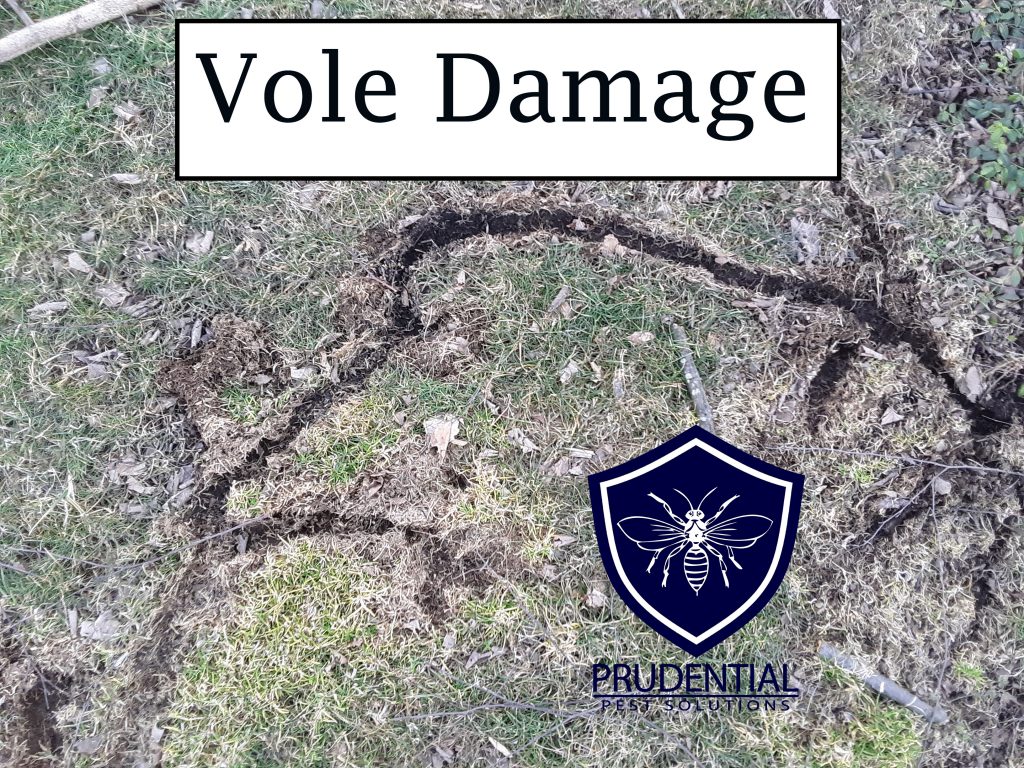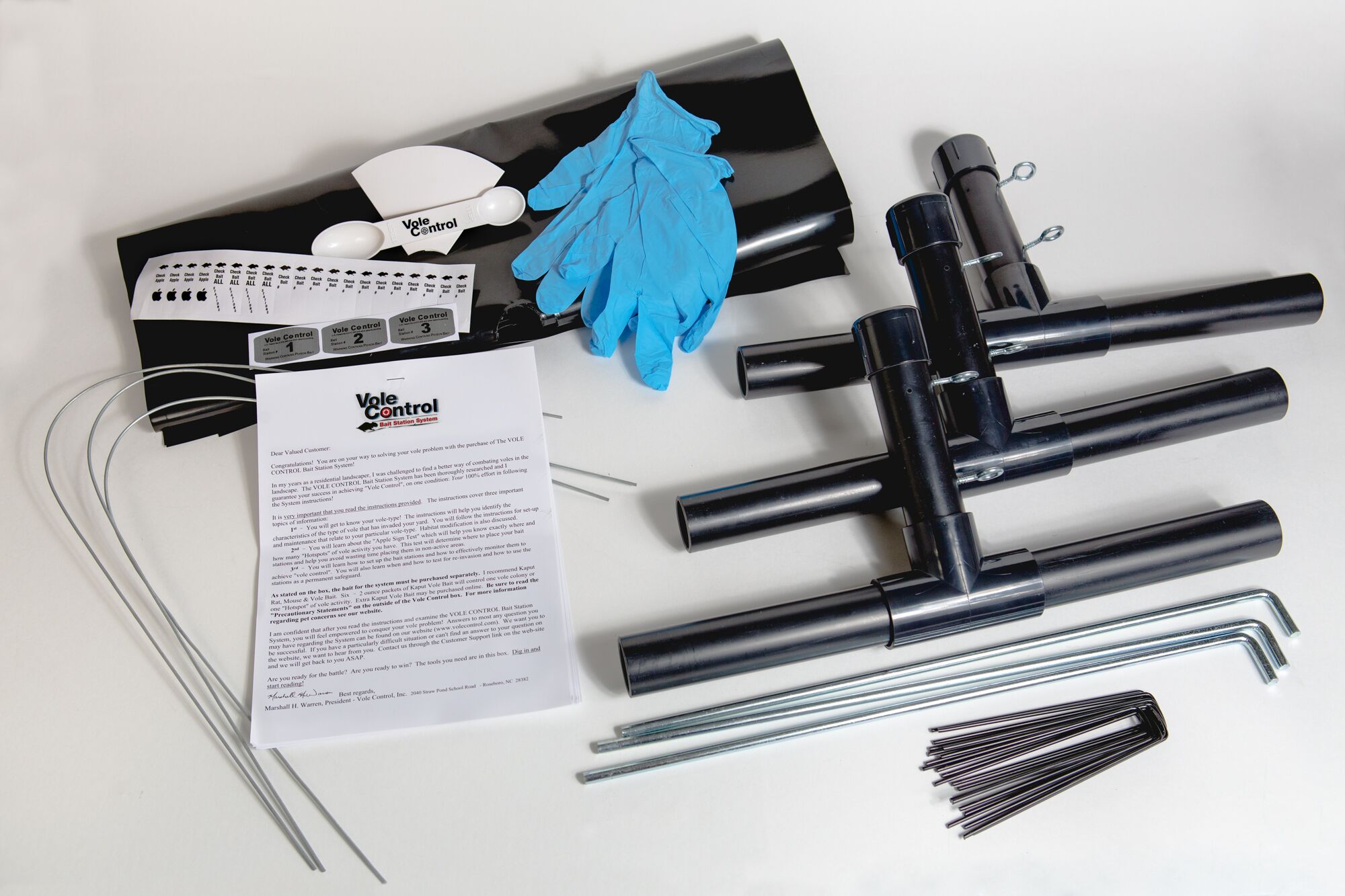Secure Your Lawn: Efficient Vole Control Techniques
Secure Your Lawn: Efficient Vole Control Techniques
Blog Article
Grasping Vole Insect Control: Thorough Insights on Problem Prevention and Therapy Approaches
As homeowner and caretakers, the existence of voles can posture a substantial obstacle to keeping the integrity of our outdoor spaces. Comprehending the ins and outs of vole behavior is important in creating reliable pest control techniques. By recognizing the subtle signs of vole problem beforehand, we can take aggressive steps to stop extensive damages. In this discussion, we will discover the subtleties of vole behavior, explore the recognition of invasion indications, and uncover the most effective prevention and therapy approaches. Keep tuned to uncover the insights that will equip you to grasp vole parasite control and protect your property against these elusive rats.
Comprehending Vole Behavior
Checking out the foraging patterns of voles provides important insights right into their habits and habitat choices. Voles, little rats resembling mice, are herbivores recognized for their underground tunneling tasks. By observing their foraging behavior, researchers can gain a far better understanding of where voles favor to establish their environments and the level of their environmental impact. Voles are prolific breeders, with a single women with the ability of generating a number of trashes in a year, making it crucial to comprehend their habits for reliable pest control approaches.
Study suggests that voles show selective feeding habits, preferring roots, seeds, and bulbs. This dietary choice influences their foraging patterns, leading them to areas abundant in greenery and ground cover. Additionally, voles are known to produce intricate passage systems for foraging and nesting objectives, suggesting a high degree of adaptability to their environments.
Understanding vole behavior is important for carrying out targeted insect control actions that interrupt their environment choices and foraging activities (vole lawn damage). By examining their behavior, specialists can develop more effective prevention and therapy approaches to handle vole infestations

Identifying Indicators of Vole Infestation
Vole invasions can be detected by identifying particular indicators of their existence in an area. One of one of the most typical indications of a vole problem is the existence of surface area runways. Voles produce networks of narrow pathways on the ground that are commonly around two inches broad. These paths are usually located in verdant locations or below compost or ground cover where voles can move freely and search for food.
One more essential indicator of vole problem is the visibility of small burrow openings in the ground. Furthermore, voles are recognized to leave behind eaten plant stems, roots, and light bulbs near their burrow openings, suggesting their feeding task in the area.
In addition, vole droppings can also symbolize their existence. Vole droppings are small, brownish, and cylindrical in form, resembling grains of rice. Finding these droppings along paths or near burrow openings can verify a vole infestation. By being watchful for these signs, residential property proprietors can quickly resolve vole problems and protect against more damage.
Implementing Proactive Prevention Procedures

Furthermore, using natural vole deterrents like castor oil-based repellents or predator pee can act as reliable precautionary actions. It is likewise advisable to frequently evaluate outdoor spaces for any type of indicators of vole task, such as paths or burrow openings, to resolve prospective invasions promptly. vole yard damage. By taking on these aggressive avoidance approaches, residential property proprietors can dramatically lower the chance of vole damages and keep the wellness and aesthetic appeals of their landscapes
Efficient Treatment Methods
Integrating targeted capturing techniques and using accepted rodenticides are essential components of efficient therapy approaches for handling vole problems. Trapping can be an efficient view website method to decrease vole populaces, especially when put tactically in their energetic runways. Break catches and live traps can both work, with the last enabling the capture and relocation of voles. When using rodenticides, it is critical to follow security standards to stop damage to non-target pets and pets. Location rodenticides in safe and secure lure stations to lessen threats to unintentional targets. In addition, habitat adjustment, such as lowering ground cover and eliminating sources of food, can aid deter voles from infesting an area. Regular tracking and maintenance are additionally key aspects of successful treatment approaches to ensure that vole populations are kept under control. By integrating capturing, rodenticides, habitat alteration, and consistent tracking, effective vole parasite control can be accomplished.
Tracking and Maintenance Tips
Keeping a systematic schedule for tracking and carrying out routine upkeep activities is critical to maintain the effectiveness of vole bug control measures. Routine surveillance allows for the very early discovery of vole activity, enabling timely treatment before invasions aggravate. To efficiently keep an eye on vole populaces, tactically put traps can be utilized in vole paths or near burrow entrances. By frequently checking these catches, residential property proprietors can assess the degree of vole activity and adjust control approaches as necessary.
Additionally, maintaining a clean and neat landscape is crucial in vole prevention. Clearing away debris, such as piles of timber or thick greenery, gets rid of potential vole habitats. Consistently cutting and trimming yards plants helps in reducing vole concealing places and decreases their you can find out more accessibility to food sources.
Furthermore, continuous maintenance of physical barriers, such as fencings or cord mesh, is vital to avoid vole intrusion. Examining and repairing any type of problems to these structures ensures that vole control continues to be efficient in protecting homes from problems. By integrating these surveillance and upkeep techniques into an extensive vole pest control plan, people can properly manage vole populaces and safeguard their properties from damage.
Conclusion
In verdict, understanding vole pest control needs a strong understanding of vole actions, the capacity to identify signs of infestation, implementing proactive avoidance steps, effective therapy methods, and regular monitoring and maintenance. By taking an extensive technique to vole control, individuals can properly manage and avoid invasions, inevitably shielding their residential property and bordering environment from damages created by these little rats.
In this discussion, we will discover the nuances of vole habits, dig right into the identification of problem indicators, and reveal the most effective prevention and therapy methods.Integrating targeted visit our website capturing techniques and utilizing authorized rodenticides are important parts of reliable therapy strategies for handling vole infestations. To effectively check vole populations, tactically positioned traps can be made use of in vole paths or near burrow entrances. Examining and fixing any type of problems to these frameworks makes sure that vole control remains effective in protecting buildings from infestations. By including these tracking and maintenance techniques right into a comprehensive vole pest control strategy, people can properly handle vole populaces and protect their properties from damages.
Report this page